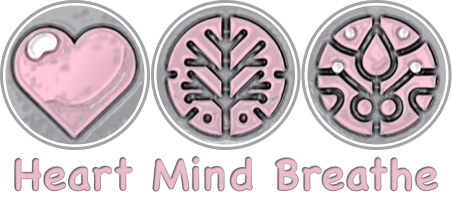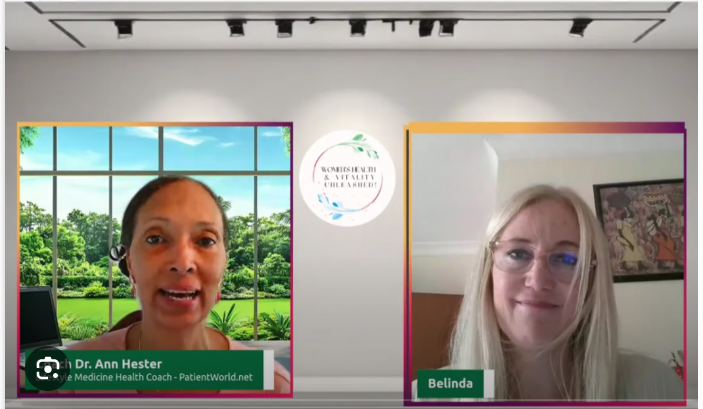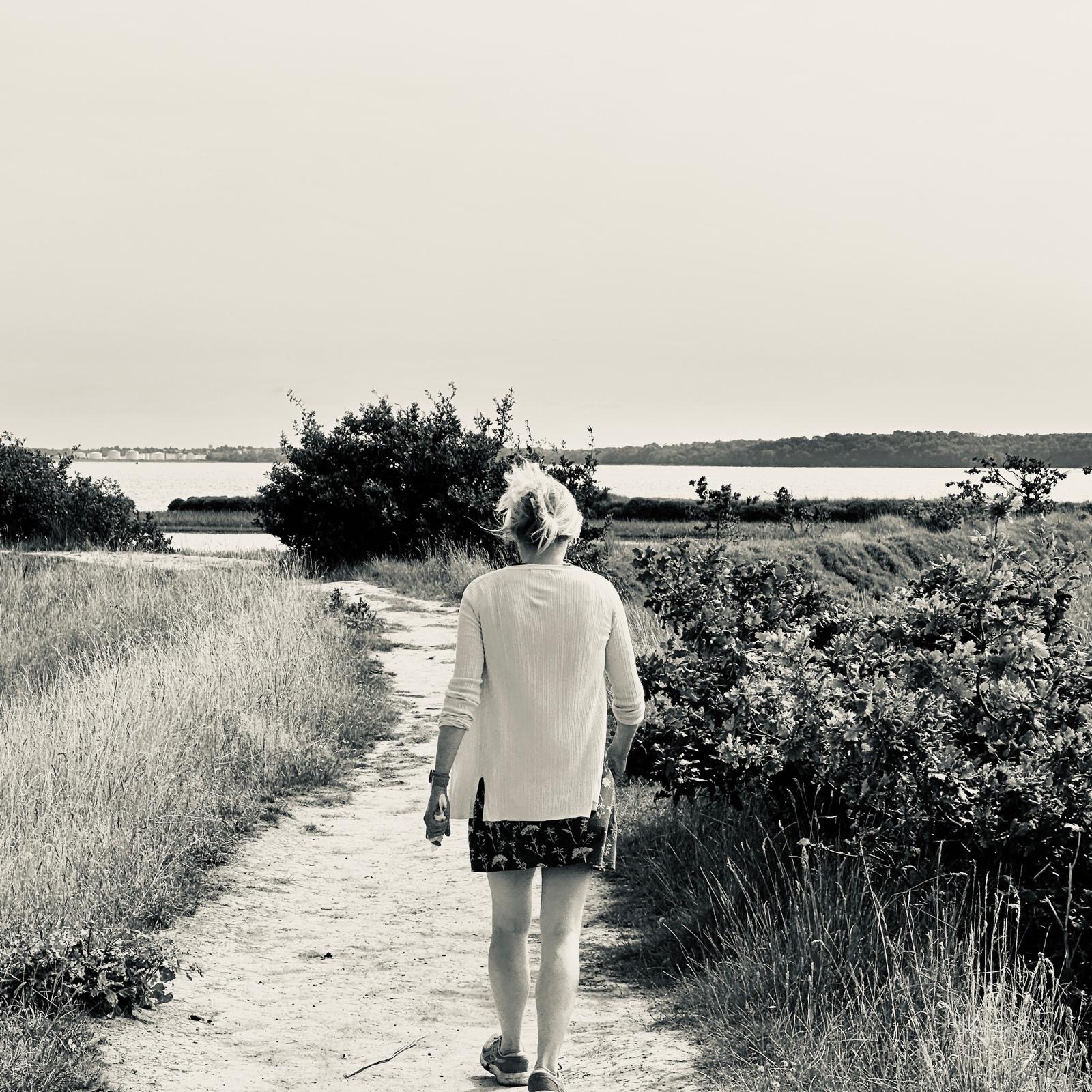Finding Your Creative Inner Voice
In a world full of definitions, labels, and productivity metrics, mindfulness has become one of those words everyone uses , but few fully understand.
When I was invited to speak on a podcast recently, I called the conversation “Finding Your Creative Inner Voice.” It felt like the most honest way to describe what mindfulness has taught me, both personally and professionally.
1. Clearing up the misconceptions
There are so many misconceptions around mindfulness today. It’s often seen as a purely cognitive exercise, when in truth its deepest point of reference is the body, the felt sense of being alive. Also, practices that are now packaged under names like “compassion” or “gratitude” were never separate from the original teachings. And while calmness or improved productivity are lovely potential outcomes, they were never the goal.
Mindfulness is not just another tool to manage the mind; it’s the awareness that underpins many modern therapeutic models and the engine that quietly powers them. They were designed with mindfulness at their heart.
2. The real definition — finding your own way
During one silent retreat, a teacher offered a definition that has stayed with me ever since:
“In its truest form, mindfulness is about someone finding their own way.”
That struck me deeply. Because to find your own creative inner voice isn’t just about artistic expression but can be about discovering a creative way to be in the world, especially when life doesn’t fit into neat categories or expectations.
Many of us find ourselves outside the structures that society assumes we should belong to. When that happens, reframing becomes essential. For me, that reframing happened through mindfulness and the rediscovery of my first love – music – which had been silenced for many years.
3. How I came to mindfulness
My introduction to mindfulness was, in some ways, accidental. I first heard the word mentioned briefly in a pain clinic I was attending for chronic pain. Something in me knew it was worth exploring further, and this intuition proved right.
At the time, I was carrying a lot: years of physical pain, the weight of parental illness, the strain of unacknowledged trauma. Mindfulness was the only thing vast enough to meet what I held, with awareness, wisdom, and kindness. Little by little, it gave me a new foundation, one that helped me reframe what had always been pathologised into something profoundly human.
4. Rediscovering music — the creative voice returns
Music has always been a powerful thread in my life, one that, for many years, I kept quietly in the background. As a child, it felt like a second language to me, something I understood intuitively. But, circumstances led me to set it aside and over time, I internalized the belief that it wasn’t safe to fully express that part of myself.
Through mindfulness practice, and learning to sit with and listen to what had been silenced, I began to reclaim that voice. Rediscovering music became a form of healing, but also a reminder of my own natural affinity with sound. When I play, there’s a clarity, richness, and resonance that others often comment on, a quality that feels authentic because it’s fully me. The sound is my voice coming through, unfiltered.
Closing reflection
Finding your creative inner voice isn’t about reinventing yourself. It’s about remembering what has always been there, waiting quietly beneath the noise. Mindfulness gives us the courage to listen not just to our thoughts, but to the deeper intelligence of the body and the heart. Whatever form it takes, it’s asking to be listened to.
To listen to the whole conversation: click here


